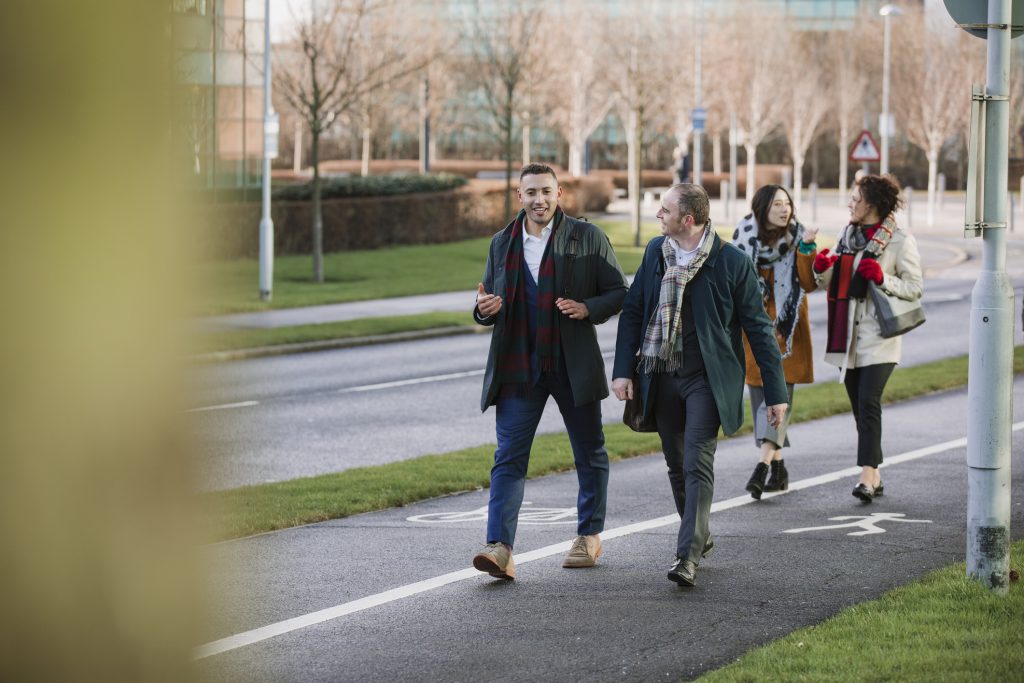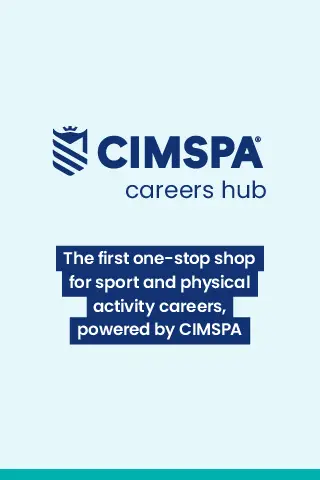How physical activity powers productivity at work
A look into how getting your team moving can help to strengthen your business

Imagine two teams. One spends long days sitting, meetings back-to-back, coffee and screen time their primary fuel. The other gets up regularly, walks for short meetings, cycles to work and has managers who model small movement breaks. Which team would you bet on when a tricky problem appears? The one that’s sluggish and foggy, or the one that’s fresh, collaborative and better at getting unstuck?
The evidence is clear that employers that make space for staff movement as part of their operations get a clearer thinking team, fewer long absences and, crucially, better day-to-day performance from their people.
The scale of the problem (and the opportunity)
The financial impact from poor workforce health in the UK is significant, with think tanks like IPPR estimating the hidden annual cost of employee sickness, largely driven by people working when unwell (presenteeism), as well as days off, at around £100–103 billion a year.
We know that physical inactivity itself is expensive, with analysis placing the annual cost of inactivity in the billions, commonly at about £7.4 billion a year. It’s clear that the economic burden can be reduced through movement-promoting workplace policies.
In more granular, employer-level numbers, some studies point to the cost of respiratory infections or similar common illnesses running at roughly £800+ per employee a year in productivity losses (a mix of absence and presenteeism). This underlines how every day, often preventable illnesses add up. Again, we know that physical activity can support immunity, cardiovascular health and musculoskeletal resilience which helps reduce these avoidable hits.
How movement actually helps work get done
Physical activity in a work context shouldn’t be considered as a wellness fad. It’s more important than that, because it changes the underlying conditions that make people able to do sustained, demanding work through:
- better concentration and clearer thinking after short bouts of movement, because even brief walks raise cognitive function
- lower rates of musculoskeletal problems, which are one of the biggest causes of long-term absence and reduced hours at work
- improved mental health and resilience, because movement is a proven buffer against depression and anxiety, both large drivers of presenteeism.
These individual effects add together to reduce both days off and the costlier lost productivity when people are present but not at their best.
What good practice looks like (real, low-cost examples)
You don’t need a corporate gym or a six-figure benefits package to change behaviour. Practical, inclusive approaches that really work can be simple to implement in a range of business areas:
Walking meetings and micro-breaks
Encourage 10–15 minute walking chats instead of sitting for every update. They clear heads and often shorten meetings.
Active travel incentives
Cycle-to-work schemes, secure bike parking, showers and flexible start times make it easier for people to build activity into the commute.

Design the day for movement
Rearrange the office so stairs are visible and appealing, place printers away from desks and introduce sit-stand options.
Inclusive activity options
Not everyone wants sport; walking groups, gentle mobility classes or short guided stretch sessions appeal to a wider audience.
Targeted MSK and return-to-work support
Evidence shows tailored rehab and graded activity help people return sooner and stay at work, preventing recurrent absence.
Leadership modelling
When managers take movement breaks and normalise them, uptake rises across teams.
The cost of doing nothing
When businesses ignore movement, the effects are not hypothetical. The ONS and other national data show sickness absence and sickness-related productivity loss remain material issues for UK employers. When staff work through illness or accrue chronic conditions such as cardiovascular disease or musculoskeletal problems, recovery takes longer and performance suffers. The business pays through recruitment churn, lower output and higher health-related costs.
Small, regular interventions that shift activity levels are inexpensive compared with the scale of the productivity losses they reduce.
Quick wins
If you’re working with businesses or want to advise business leaders on supporting the health and wellbeing of their workforce, these are the simplest, things that they can do.
They could try making movement socially normal by starting meetings with a five-minute stretch, calling weekly walking catch-ups and including movement in team gatherings.
It is worth businesses triaging by using HR data to identify teams with high absence or frequent MSK complaints and then rolling out targeted activity support there first. Similar data can be used to track participation in activity, sickness days and a short presenteeism question in regular pulse surveys. This enables impact to be tracked and actioned where it will have most impact.
It’s important for businesses to mix choice with nudges by offering activity options like classes, walking groups and cycling support, and encourage participation with small incentives or recognition.
Alongside this, they need to train line managers and equip them to spot early signs of presenteeism and manage phased returns with signposting to suggested activity plans.
Most importantly businesses need to recognise that this can’t be just a feel-good line on an HR presentation deck or a one-off wellness week. When it’s backed by data, promoting physical activity is a practical lever for workplace productivity, talent retention and employer brand. If businesses want teams that are creative under pressure, recover faster from illness and stay engaged for the long run, they need to start by redesigning the day so movement is the default and not the exception.








